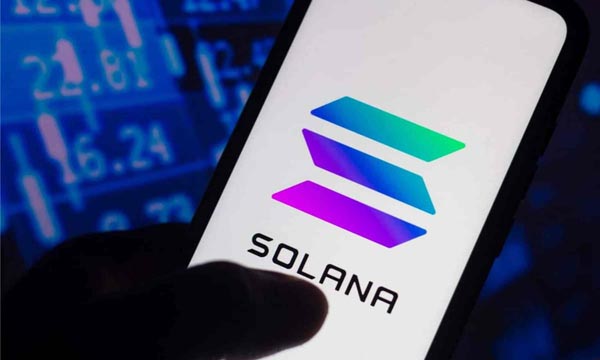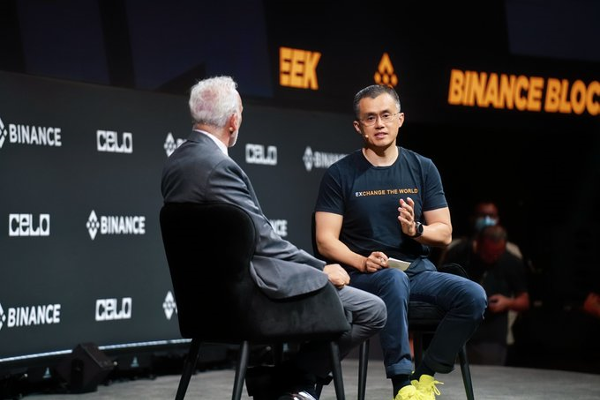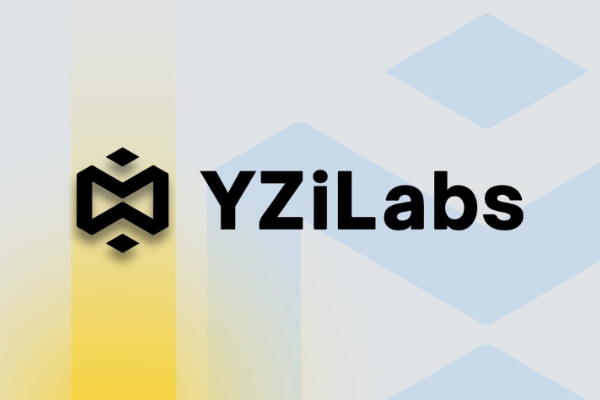Dragonfly Partner: How did I miss the opportunity to invest in Solana’s seed round?

Missing out on a 3250x return, one of the most expensive investment memos in crypto history.
On the fifth anniversary of Solana, Dragonfly Capital partner @hosseeb posted a tweet today, recalling how he missed participating in Solana's seed round investment at a price of $0.04 per unit in 2018 and missed out on more than a thousand times of return. At the same time, the original investment memo was attached to express his nostalgia. In addition, we also excerpted the discussion between Solana co-founder Toly and Hosseeb under this tweet.
Here are the original details:
I rejected the opportunity to participate in @solana's seed round investment at $0.04 in early 2018.
At the current price, it is equivalent to missing out on a 3250x return.
Solana was one of the first projects I evaluated as a junior VC. At that time, I was still cutely naive and confident, and I would write a memo for every project I gave up investing in.
Rereading this memo now is simply a peak junior VC cringe. At the time we were all obsessed with finding the “Ethereum Killer”, researching consensus protocols, and what technology would replace EVM/eWASM.
So here’s the full unedited memo — the worst investment MISS of my career.
Happy Birthday, Solana!
The memo, my shorthand after reading the whitepaper:
Their big innovation is Proof of History (PoH). Essentially this is a verifiable time delay function that uses continuous hashing, similar to sequential proof of work. In other words, a time maintainer is elected that continuously iterates hashing a value and publishes all intermediate hashes. Since this process must be performed serially on a single core and cannot be parallelized, nodes should be able to predict the amount of time that has passed between consecutive hashes (presumably based on their knowledge of hardware performance?).
PoH nodes also mix any current state (such as transactions to be submitted) into these hashes. This creates a history of events that can be reliably timestamped.
If a PoH node has problems or cannot be guaranteed to be online, they have proposed a scheme for multiple PoH nodes to periodically mix state with each other.
A group of validators replay and verify the operations of the PoH nodes (the verification process can be more efficiently parallelized using a MapReduce architecture). These validators use PoS to reach consensus through a Casper-like protocol. If a PoH node is found to be Byzantine or misbehaving, the validators can elect a new PoH node to replace it.
Looks like they will be developing payment and smart contract capabilities.
They claim to be able to reach 710,000 TPS and have achieved 35,000 TPS on a single-node test network.
My thoughts:
Their numbers are completely bullshit. 710,000 TPS is ridiculous; even Google searches per second are less than 100,000. This data is placed in the most prominent position on their website, which makes me very wary.
Take back my previous comment that the white paper is well written. The high-level content is good, but the technical details are very lacking and vague. As a description of a consensus protocol, the rigor is disappointing.
The team is mainly composed of low-level engineers from Qualcomm. The CEO and CTO have worked primarily on operating systems, embedded systems, GPU optimization, and compilers. Their background in distributed systems and cryptography is clearly not strong enough, which is evident in the paper. The Byzantine fault tolerance problem is poorly handled. It reminds me of the Raiblocks/Nano white paper (they are also low-level engineers).
And the following content in the white paper makes me suspicious:
Original Solana white paper, Section 5.12 PoH allows network validators to observe past events and their timing with a certain degree of certainty. When the PoH generator produces a message stream, all validators need to submit their signatures on the state within 500ms. This value can be further reduced based on network conditions. Since each verification is input into the stream, everyone in the network can verify that all validators have submitted their votes within the specified timeout without directly observing the voting process.
This is not a consensus protocol. Assuming a 500ms limit on message passing for consensus is quite problematic and does not meaningfully achieve Byzantine fault tolerance. And how do they measure 500ms? How do the other nodes in the system come to consensus about the elapse of 500ms, given that they will estimate the elapse of time based on the number of iterated hashes performed? Also, how will they account for deviations in clock speeds over time due to hardware improvements, hardware failures, or noise? The problem of time in distributed systems is very complex, and I don't think they realize how hard it is.
Besides, who cares about time? Is it a big problem in the blockchain space? Are people not happy with block time granularity of 15 seconds/1 second (like in things like DFINITY)? I don't think it's a problem, and the complexity and confusion they introduced into the protocol doesn't seem to add much value.
They have a section dedicated to attacks and incentive misalignment. Their response to attacks is completely unconvincing and equally lacking in rigor or detail.
They have a whole section on Proof of Replication, just like Filecoin. What the heck? Tell me about your consensus protocol and how you implement transactions, accounts, and what features your blockchain will have. I don't care about Proof of Data Storage.
There's also a long paragraph describing smart contracts, but it just says they'll be using LLVM as a backend to support multiple platforms. But nothing else.
Lots of stuff about GPUs and parallelization. This betrays a weird sense of focus - if they need to implement a BFT consensus protocol and a usable smart contract platform, they shouldn't be obsessed with parallel processing of their packet format. I remember them doing the same in the presentations I saw - spent most of the time talking about how to use these node processing optimizations, and almost no time actually describing their consensus protocol.
Conclusion: I will never invest in this project
Interestingly, five years later, when Haseeb tweeted to congratulate Solana for having successfully gained a place in the crypto space and teased how he had missed a big opportunity when he was young, Solana co-founder Toly replied to this tweet: "All your concerns were indeed reasonable. This is essentially a bet - a bet on whether we can solve these problems while maintaining the underlying advantages that other teams do not have."
Haseeb then replied to Toly: "I think this is the lesson. Your persistence in underlying optimization and unique attack angles is something that other teams do not have. This kind of extreme strengths and weaknesses is the most important. I was completely unaware of this at the time."









